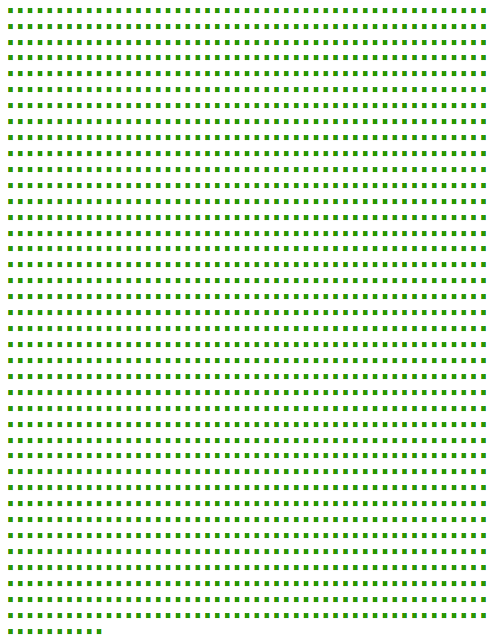It was as long ago as November 11th that I published Things you maybe didn’t know about UK Shares – Part One. So it’s high time I published Part Two. I said I would move on from the FTSE 100 to the FTSE 250. However I will help you to understand the whole FTSE market framework.
The FTSE All Share Index
The FTSE 100 Index is the top of the tree. It comprises the top 100 largest UK listed companies. Below it sits the next 250 largest UK listed companies – The FTSE 250. Unsurprisingly together they form the FTSE 350 Index. Finally we add the FTSE Small Cap Index to make up the FTSE All Share Index in total.
| FTSE Index Component | Number of Shares |
| FTSE 100 Index | 101 |
| FTSE 250 Index | 250 |
| FTSE Small Cap Index | 286 |
| FTSE All Share Index | 637 |
Does that provide us with 637 individual investment opportunities?
Well yes and no. You see not all of the FTSE All Share Index is made up of companies as we know them. The index also contains “companies” that just invest in a combination of the other companies, and indeed companies that are not listed on any UK market. They sometimes invest in companies listed solely on overseas stock markets. These are the Investment Trusts.
Ignoring Investment Trusts (Maybe I will talk about Investment Trusts in the future) and our individual company investment opportunities are reduced to just 456 individual UK listed companies on the main market. Not that many when you think about it.
Other Markets
As well as the FTSE main stock markets in the UK, there is also the AIM market and the NEX Exchange.
The FTSE 250
Often referred to as the Mid-Cap Index, The FTSE 250 Index only contains 203 individual UK listed companies. That means it contains 47 Investment Trusts. Put another way around 19% of the FTSE 250 Index is a few steps more complex and obscure than the rest of the index. These investment trusts also carry with them additional costs to investors.
Here’s some basics.
- The biggest of the 250 Index is slightly smaller in size than the smallest of the 100 Index.
- The smallest of the 250 Index is slightly larger than the largest in the Small Cap Index.
About 80% of the value of the FTSE All Share is in the biggest 100 companies, the FTSE 100. About 15% of the value is in the next 250 companies and just about 5% in the remaining, 286 smaller still companies. So if you invest into a FTSE All-Share Tracker Fund, you get precious little exposure to over half of the shares in the FTSE All Share. You also invest in Investment Trusts which invest in Russia and India amongst other countries.
Size Matters
If you wanted to buy the largest company on the All-Share Index you would need to fork out, give or take, a staggering £200,000,000,000.
If the clients of H.J.Scott & Co. together wanted to buy the smallest two shares listed on the All-Share, we could! It would be an amazing investment achievement, but I’m sure we would regret it. Still, it would be cool, the companies we would own outright would be Mothercare & Carpetright.
Not quite in the same scale as Warren Buffett’s Berkshire Hathaway I grant you, which owns most of American Express and much of Coca Cola.
It’s hard to appreciate the size differential in numbers alone, so here are a few charts which better illustrate the differences in size.
Largest FTSE 100 Company

Largest FTSE 250 Company
![]()
Smallest FTSE 250 Company
![]()
Smallest FTSE Small Cap Company
![]()
Part 3
I think next time I will move on to the AIM market.
